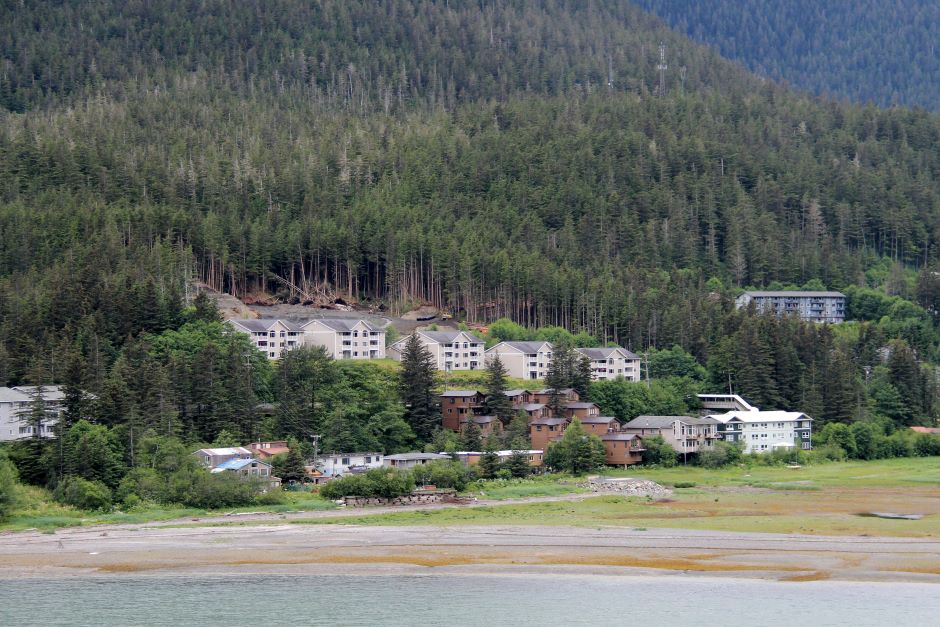Protecting Bristol Bay Salmon from Mining
 (Credit: Ella Wei via Pexels)
(Credit: Ella Wei via Pexels)Bristol Bay is located in southwest Alaska and, according to the World Wildlife Foundation, is the world’s largest salmon fishery. Aside from being the largest fishery, it is also the most productive salmon ecosystem in North America. Sockeye, Chinook, coho, chum and pink can all be found in the Bristol Bay watershed.
The salmon living in the bay coexist alongside other wildlife and humans, supporting the local terrestrial ecosystem as a food source. Brown bears, eagles, and humans all rely on the species for food and cultural practices.
Damage to the fishery would lead to long-term economic instability and food insecurity for the region. According to the WWF, the fishery has the largest sockeye run in the world, producing about 46% of the world’s sockeye harvest. The fishery also provides around 20,000 jobs throughout the U.S. annually.
Climate Change in Arctic Regions
Recent salmon declines have most heavily impacted Indigenous communities, and the loss of an ecosystem like Bristol Bay would be detrimental for these groups. The WWF reports, “Over 4,000 locals, including many native Yup’ik and Dena’ina, rely on fish, moose, and other subsistence foods for 80% of their protein.
The entire world is facing the repercussions of climate change; however, arctic regions suffer the most under global warming. Places like Bristol Bay are warming faster than anywhere else, and the temperature changes are harming salmon populations.
Warmer water and reduced water flow from fewer snowfalls threaten adult salmon and their spawn. Adult salmon are more likely to become ill, and young salmon may migrate early, confused by the warm weather earlier in the run season, and die before reaching spawning age.
The Pebble Mine Project in Bristol Bay
Unfortunately, Bristol faces a much more direct and imminent threat in the form of Pebble Mine. The project is a proposed open-pit gold and copper mine that would lead to runoff and the disposal of mining waste into the bay. The WFF reports that the mine is to be constructed at the headwaters of Bristol Bay watershed, beneath the two most productive river systems in the region.
The mine is projected to be one mile wide and a quarter-mile deep. Though the project area may seem relatively small, the impacts would be broad and far-reaching. The WWF reports that the project would destroy 3,000 acres of wetland and 21 miles of salmon streams. The damage would be so vast that it would be visible from space.
Groups like the WWF and the U.S. Army Corps of Engineers have worked substantially with local and federal groups to halt the Pebble Mine project in its tracks. According to the Natural Resources Defense Council, the Pebble Mine Project started with exploratory drilling in 2002, but as of May 2022, the project still hasn’t been approved.

(Credit: Christina Keeler via Pexels)
Bipartisan Protection of Bristol Bay
The New York Times reported on May 25, 2022, that the EPA proposed a legal determination that would ban the disposal of mining waste in the bay cited under the 1972 Clean Water Act. The mining permit was also denied by the U.S. Army Corps of Engineers in 2020 under the Trump administration, which cited the Clean Water Act.
Both Biden and Trump have spoken against the mine, claiming that it went against public interest and was essential to the region. Bristol Bay is a vital economic and environmental resource for the surrounding communities and the rest of the U.S., making the mine construction controversial.
While the determination doesn’t directly stop construction, the limitations on mine waste dumping spell the end for the project. It would be impossible for the mine to be constructed and productive while adhering to the Clean Water Act parameters–effectively killing the Pebble Mine project.
The company hoping to construct the mine, Pebble Limited Partnership, has claimed the EPA’s assertion harms the climate more than the project would have. The New York Times reports that the company’s chief executive states that copper is important for many renewable energy products, including electric cars and solar panels. However, the damage done to the bay’s ecosystem would be irreparable, and activists from all sides have jumped to the defense of Bristol Bay.
Protecting the bay seems to have become a bipartisan issue in the past two decades, regardless of copper’s use in renewable energy devices. With the EPA’s legal determination, the project is expected to be halted for the foreseeable future, protecting the ecosystem and those that rely on the bay for valuable resources.
Conclusion
More than salmon are at risk in Bristol Bay, and environmental stressors have put other species at risk. The WWF reports, “Bristol Bay watershed provides vital habitat for 29 fish species, more than 190 bird species, and more than 40 terrestrial animals. Bald eagles, moose, brown bears, rainbow trout, freshwater seals, pacific walrus, north pacific right whales and beluga whales all live in the region.”
Bristol Bay is a complex ecosystem filled with fish and terrestrial wildlife, all of which play an important role in stabilizing the region. Indigenous groups will be able to continue to rely on the bay as a food source, and the thousands of jobs created in the bay will be protected with the cessation of the Pebble Mine project.


Pingback: FishSens Magazine | Fishackathon Connects Experts and Fisheries Across The World - FishSens Magazine
Pingback: FishSens Magazine | Building Salmon Knowledge In Alaska - FishSens Magazine